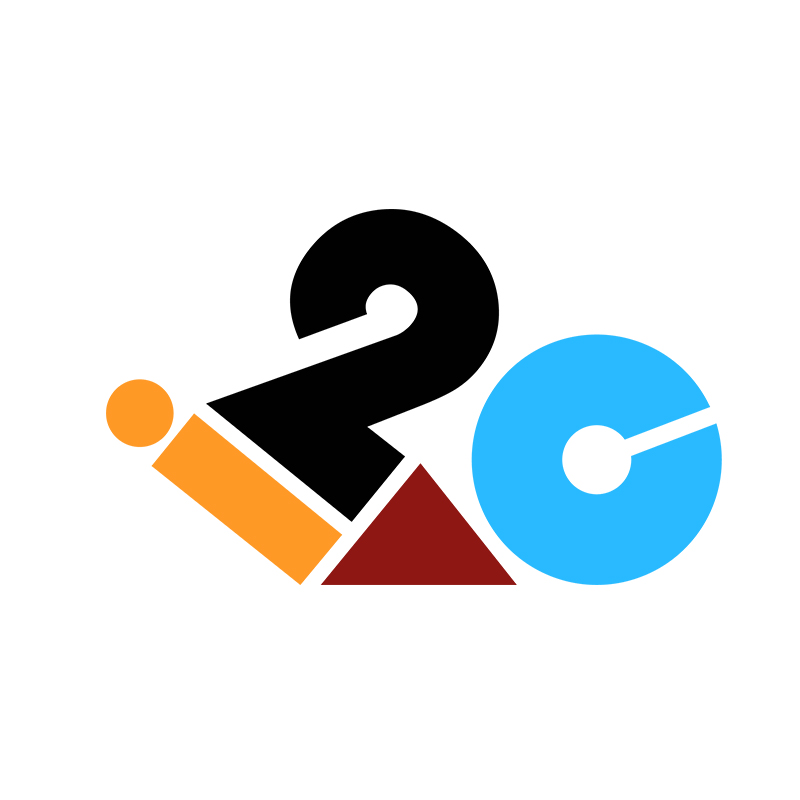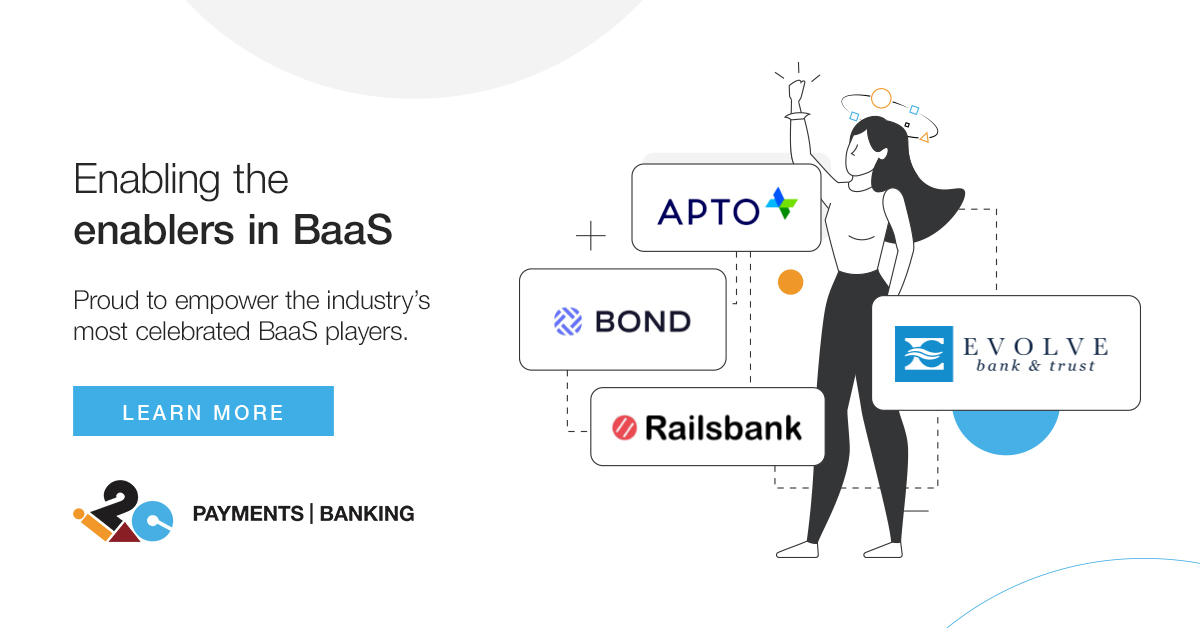Banking as a Service, or BaaS, refers to an ecosystem where licensed banks enable other businesses (usually non-banks) to integrate banking services into their existing products, providing a seamless customer experience for end users. Multiple tools and systems are at work behind the scenes of every banking service and transaction, silently and efficiently helping customers manage their finances and bank accounts.
Banking as a service providers create a path for embedded finance that enables end-to-end customer journeys by including banking products like loans, credit cards, and rewards programs in their core offerings. It’s an innovative approach that enables businesses to compete based on a customer-centric focus rather than a transaction-centric focus. This is ideal for forward-thinking businesses to harness their capabilities to “become their own bank” and truly scale.
Innovative fintechs are leading the charge by leveraging banking as a service to remove the friction between businesses, banks, and the customers they both serve. At the same time, traditional banks can create new revenue streams by launching their own BaaS platforms.
We’ll explain what banking as a service is, provide a basic overview of the baas banking as a service ecosystem, and explain why it’s so vital in the banking business today.
How Does BaaS Banking as a Service Work?
Banking as a service is an integral part of open banking. Open banking gives third parties access to existing bank customer data while BaaS gives third parties access to bank functionality. BaaS is a service that connects fintech service providers to banking services. In this way, providers can interact with customers under their own brand within the bank’s infrastructure.
Banking as a service providers link their infrastructure with the infrastructure of digital banks and other third-party partners to enable complete banking processes such as loans, payments, and deposit accounts. Fintech aggregator Apto Payments, for example, integrates with i2c’s processing technology to give customers a seamless end-to-end user experience without having to leave its platform.
In the case of a licensed bank that has its own BaaS platform, like Evolve Bank & Trust, i2c’s “building block” technology enables banks to build differentiated banking products outside of their existing infrastructure, such as virtual card programs. By leveraging i2c’s digital banking and payments technology, both Apto Payments and Evolve Bank are able to launch programs reliably and cost-efficiently, with faster speed-to-market and innovation cycles. Ultimately, the licensed bank’s regulated infrastructure and banking license ensure compliance with financial regulations.
API technology, which stands for application programming interface, is a key element of BaaS platforms. An API is a type of technology that opens up the connections between computers or computer programs enabling them to share and transfer data.
BaaS should not be confused with banking software programs. Most bank license holders use a banking software platform, and it’s usually delivered as a service. By contrast, baas banking as a service platforms are a mechanism through which licensed banks, like our client Evolve Bank & Trust, and fintechs, such as our clients Apto and Finaptic, provide financial services and banking products on behalf of other businesses.
Essentially, banking as a service companies allow any brand to be a fintech. Digital transformation is a wonderful (and profitable) thing!
An Overview of the BaaS Banking as a Service Ecosystem
As technical and complicated as it sounds on the surface, the BaaS ecosystem makes life simpler and easier for banks and customers alike. When you break the BaaS ecosystem down, it’s easy to see how it streamlines the customer’s journey from beginning to end, and that is a strategic way to earn customer loyalty.
A BaaS ecosystem is broadly comprised of three main components – brands, providers, and license holders. Each plays a strategic role in the process.
Brands refers to the businesses (usually non-banks) that want to embed financial services into their existing products and services with the goal of enhancing the customer experience for their customers.
Providers refers to a fintech or legacy bank that supplies the BaaS platform, which enables brands to integrate banking products into their existing product offering(s) using API technology to offer that seamless, end-to-end customer experience.
License holders refers to legacy banks that provide the licensing for fintech aggregators and/or other providers. Banks rent out their bank licenses as a service to enable partner brands to provide financial services. Often, this works through partnerships with an as-a-service provider. This is an important element because it ensures brands are embedding compliant financial services into the mix for the protection of all.
Within this ecosystem, modern issuing and processing platforms like i2c’s can play a critical role by providing the requisite capabilities, services and integrations with major acceptance networks required by a BaaS partner to design, deploy and operate a variety of payment and digital banking use cases.
The core audience for BaaS is aimed at customer-centric organizations that want to enhance their customer journeys through flexible, reliable, and seamless payment solutions. The real beauty of BaaS is the product is relatively easy to buy as compared to owned systems and developers don‘t even have to speak with a salesperson. BaaS is offered as a subscription-based plan, and banks can sometimes try a service via a sandbox before they buy it, so there’s very little to lose.
Why Is BaaS Banking as a Service Important?
The costs associated with keeping pace with banking regulations are high. Despite investing lots of money in digital transformation, bank software developers don‘t always build APIs that are conducive to linking with other software programs.
BaaS eliminates common barriers by enabling fintechs and other non-bank businesses to bring new propositions to customers and do it more efficiently with less cost than they can do on their own.
The top BaaS providers expertly fill in this gap to allow for seamless collaboration between partners. Using API technology, BaaS users like fintechs, digital banks, and other non-bank businesses can also customize their customer journeys. A seamless, customized journey is so important to keeping pace with the competition as customers are more concerned with the customer experience today than products or prices.
The Future Outlook of BaaS
As for the future outlook of BaaS, all brands will likely embed finance through banking as a service platforms, making financial products and services available at the point of customer need. Simply put, BaaS makes it easier for brands to do business with partners.
BaaS – Banking as a service is on the rise due to consumer demand. According to a Simon Torrence analysis, embedded finance programs could be a $7.2 trillion industry by 2030, which is over twice the combined value of the world’s top 30 global banks.
The reality is legacy infrastructures are not in sync with today’s financial market. The best partners are innovative and agile, and they‘re willing to embrace the future of technology to leverage embedded finance opportunities.
At i2c, we strive to be the partner of choice, and to “enable the BaaS enablers” to bring their visions to life. We build the payment technology and services you need to deliver high-impact, personalized payments and commerce solutions that will earn your business loyalty and inspire long-lasting profitable relationships.
For more information about BaaS, contact us at connect@i2cinc.com or subscribe to our blog to receive other articles like this one.




